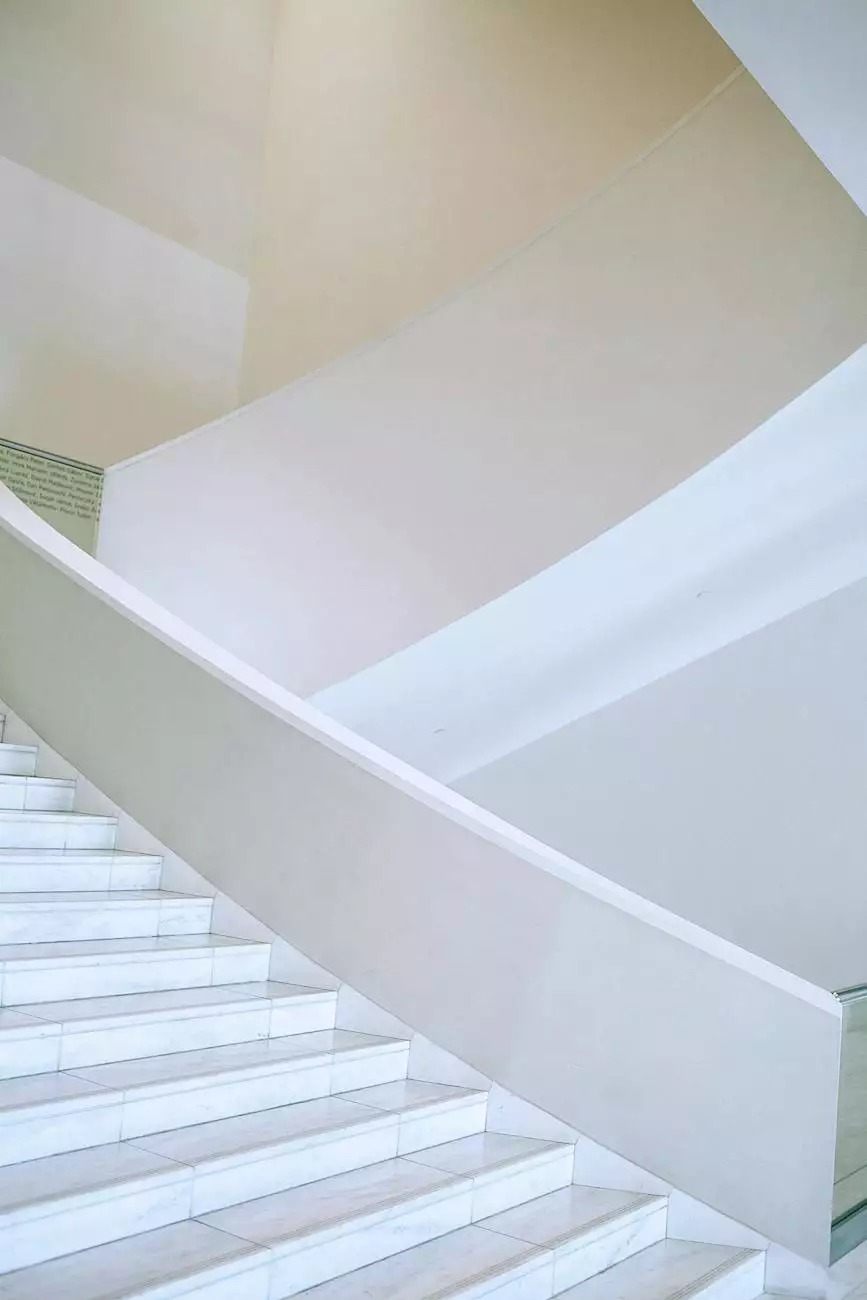Definition of the term Allowable Span
Services Offered
Welcome to Nicholas Home Inspection & Consulting, a trusted name in the field of business and consumer services. We specialize in providing high-quality consulting and analytical services to clients looking for expert guidance in various areas. In this article, we will discuss the definition and significance of the term "Allowable Span" in the context of home inspection and consulting.
What is Allowable Span?
Allowable Span refers to the maximum distance or length a structural component, such as a beam, truss, or joist, can safely span without causing structural failure or compromising the integrity of a building or structure. It is an essential factor to consider in the design and construction of any building, ensuring safety and structural stability.
The determination of the Allowable Span greatly depends on various factors, including the type of material used, load-bearing capacity, intended use of the space, local building codes, and engineering specifications. Consulting professionals, like us at Nicholas Home Inspection & Consulting, possess the expertise to assess and determine the appropriate Allowable Span for different structural elements.
Importance of Determining the Allowable Span
Accurately determining the Allowable Span is crucial in the construction industry as it directly impacts the structural integrity, safety, and functionality of a building. A thorough understanding of the Allowable Span allows architects, engineers, and contractors to design and construct buildings that can withstand various loads and environmental conditions.
By adhering to the appropriate Allowable Span, potential risks of structural failure, such as sagging or collapsing, can be minimized, ensuring the longevity and safety of the structure. Compliance with building codes and regulations is also essential, as they often specify specific requirements related to the Allowable Span for different types of structures.
Factors Affecting the Allowable Span
Several factors influence the determination of the Allowable Span in building design and construction. These factors include:
- Material Strength: The type and strength of the materials used significantly affect the Allowable Span. Different materials have varying load-bearing capacities, and their durability plays a vital role in determining how far they can span safely.
- Load-Bearing Capacity: The anticipated load, including dead loads (e.g., the weight of the structure itself) and live loads (e.g., occupants, furniture, or equipment), needs to be considered when determining the Allowable Span. Heavier loads may shorten the span.
- Building Codes and Regulations: Local building codes and regulations prescribe specific guidelines, including Allowable Span requirements, to ensure structural safety and compliance. Adhering to these codes is crucial to avoid potential legal and safety issues.
- Structural Design: The design of the structure, including its shape, size, and the arrangement of supporting elements, influences the determination of the Allowable Span. Well-designed structures optimize the span while maintaining maximum safety.
- Environmental Factors: External factors, such as wind, earthquakes, and snow loads, can impact the Allowable Span. Structures in areas prone to severe weather conditions may require shorter spans to ensure their stability and resilience.
Consulting Services: Determining the Allowable Span
At Nicholas Home Inspection & Consulting, our highly trained professionals specialize in providing expert consulting and analytical services related to the Allowable Span. With a deep understanding of structural engineering principles and local building codes, we offer comprehensive assessments to determine the optimal span for various structural components.
Using advanced techniques and industry standards, our team carefully considers all the necessary factors to calculate the Allowable Span accurately. We prioritize your safety and satisfaction, ensuring that your structures are designed and constructed in compliance with the highest industry standards and regulations.
Conclusion
In conclusion, Allowable Span is a critical term in the field of home inspection and consulting services. Accurately determining the Allowable Span helps ensure the structural integrity, safety, and compliance of buildings. Architects, engineers, and contractors rely on experts like us at Nicholas Home Inspection & Consulting to provide comprehensive assessments and guidance in determining the appropriate Allowable Span for different structural components. Trust our expertise and knowledge to deliver exceptional consulting and analytical services, exceeding your expectations in the field of business and consumer services.




